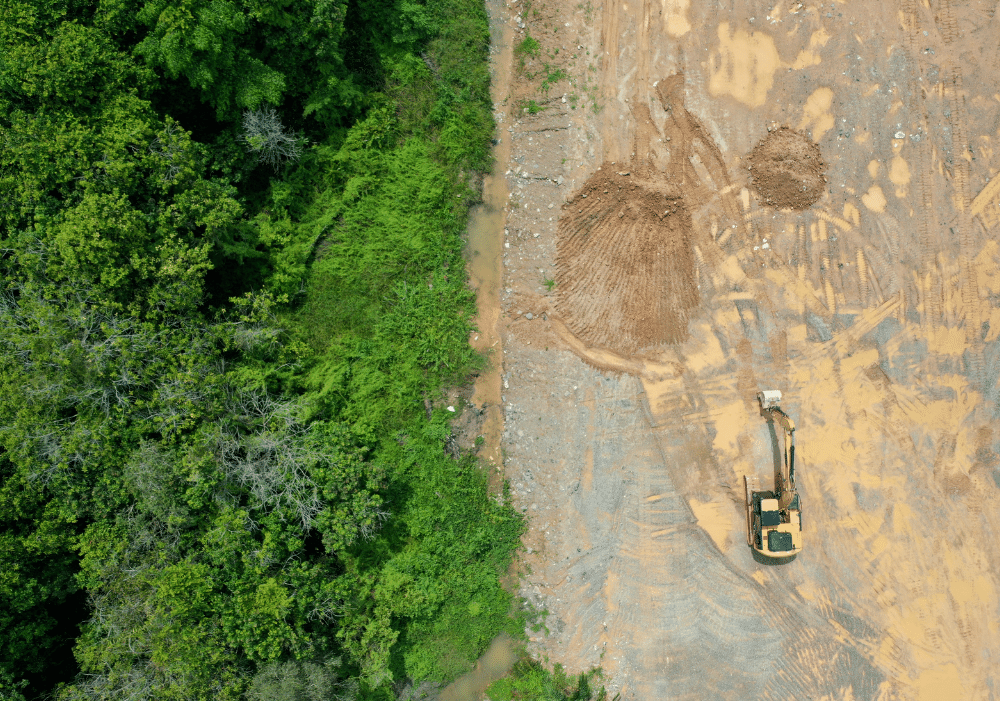- Home
- 1. Eat less red meat – Did you know?
1. Eat less red meat
We all want to do what’s best for the planet, and eating less red meat is not only better for our environment, but also helps us fight climate change.
Did you know…
How does eating less red meat help the environment and climate change?
Beef, lamb and goat meat production has a major impact on the environment. Moreover, they are responsible for most of the methane emissions from livestock, which are often the main factor in the greenhouse gas emissions formation.
The vast majority of these gases are methane, which is produced when animals digest their food. Moreover, a minor share of methane also comes from manure management. Methane is a greenhouse gas, roughly 28 times more potent than CO2.
Another important source of emission in livestock is nitrous oxide related to feeding provision. It includes emissions caused by the production of fertilisers, soil emissions of nitrous oxides and energy used in arable farming.
Beef emits very high carbon emissions. However, not all beef is produced the same way and certain beef producers have a much higher footprint compared to others.
Unfortunately, we don’t know the exact carbon footprint of the beef we can buy in-store, there are no labels that indicate how much carbon the beef generated we are buying.
Red meat such as beef, lamb and goat will always produce a higher carbon footprint compared to other meats and fruits and vegetables. By eating less red meat, you can help the environment and reduce to impact on climate change.
Deforestation

Did you know that beef production is the primary trigger of deforestation and land clearing in Australia? Australia’s forests and bushland inhabitants worldwide important biodiversity. Moreover, they also act as a carbon sink. Unfortunately, deforestation has increased in Australia in the last years and reached globally substantial levels. Queensland is now a global deforestation hotspot. It is a key driver for greenhouse gas emissions.
Queensland has the highest rates of deforestation and land clearing in Australia, more than 1.6 million hectares of forests and bush have been cleared there from 2011 to 2018. Due to those high rates, Australia made it on the list of global deforestation fronts, together with the Amazon, the Congo and Borneo.
A 2019 Scientists Declaration, signed by 394 scientists, specified that:
“Large-scale clearing of woody native vegetation contributes to increased fire risk by exacerbating climate change through carbon emissions and increasing the severity and duration of droughts through changes in local and regional climates.”
What can you do to eat less red meat?
Myhre, G., D. Shindell, F.-M. Bréon, W. Collins, J. Fuglestvedt, J. Huang, D. Koch, J.-F. Lamarque, D. Lee, B. Mendoza, T. Nakajima, A. Robock, G. Stephens, T. Takemura and H. Zhang, 2013: Anthropogenic and Natural Radiative Forcing. In: Climate Change 2013: The Physical Science Basis. Contribution of Working Group I to the Fifth Assessment Report of the Intergovernmental Panel on Climate Change [Stocker, T.F., D. Qin, G.-K. Plattner, M. Tignor, S.K. Allen, J. Boschung, A. Nauels, Y. Xia, V. Bex and P.M. Midgley (eds.)]. Cambridge University Press, Cambridge, United Kingdom and New York, NY, USA.
Wedderburn-Bishop G., Longmire A., Rickards L., “Neglected Transformational Responses: Implications of Excluding Short Lived Emissions and Near Term Projections in GHG Accounting”, The International Journal of Climate Change: Impacts and Responses, Volume X (2015).
Poore, J., & Nemecek, T. (2018). Reducing food’s environmental impacts through producers and consumers. Science, 360(6392), 987-992.
Wilderness Society. (2019). Australian Beef & Deforestation Corporate Scorecard 2019 (p. 3). Retrieved from https://www.wilderness.org.au/images/resources/Beef-Deforestation-Scorecard-Report.pdf
Evans, M.C. (2016) Deforestation in Australia: drivers, trends and policy responses. Pacific Conservation Biology 22(2) p.130-150. https://doi.org/10.1071/PC15052
Australian Government, Department of the Environment and Energy (2016) Australia’s emissions projections 2016 Chart data. Commonwealth of Australia: Canberra, ACT. Accessed online at: http://www.environment.gov.au/ climate-change/publications/emissions-projections-2016
Queensland Department of Environment and Science (2011-2018), Statewide Landcover and Trees Study (SLATS) reports, 2011-12 (2013); 2012-13 (2014); 2013-14 (2015); 2014-15 (2016); 2015-16 (2017), 2016-17 (2018); 2017-18 (2018). DES, Queensland Government: Brisbane, Queensland.
WWF International. (2015). Living Forests Report Chapter 5: Saving Forests at Risk. Accessed online at: https://www.worldwildlife.org/publications/living-forests-report-chapter-5-saving-forests-at-risk
Ecological Society of Australia (2019) Scientists’ declaration: Strong legislation needed to curb Australia’s accelerating rate of land clearing. Accessed online at: https://www.ecolsoc.org.au/working-groups/policy/scientists-declaration-on-land-clearing/